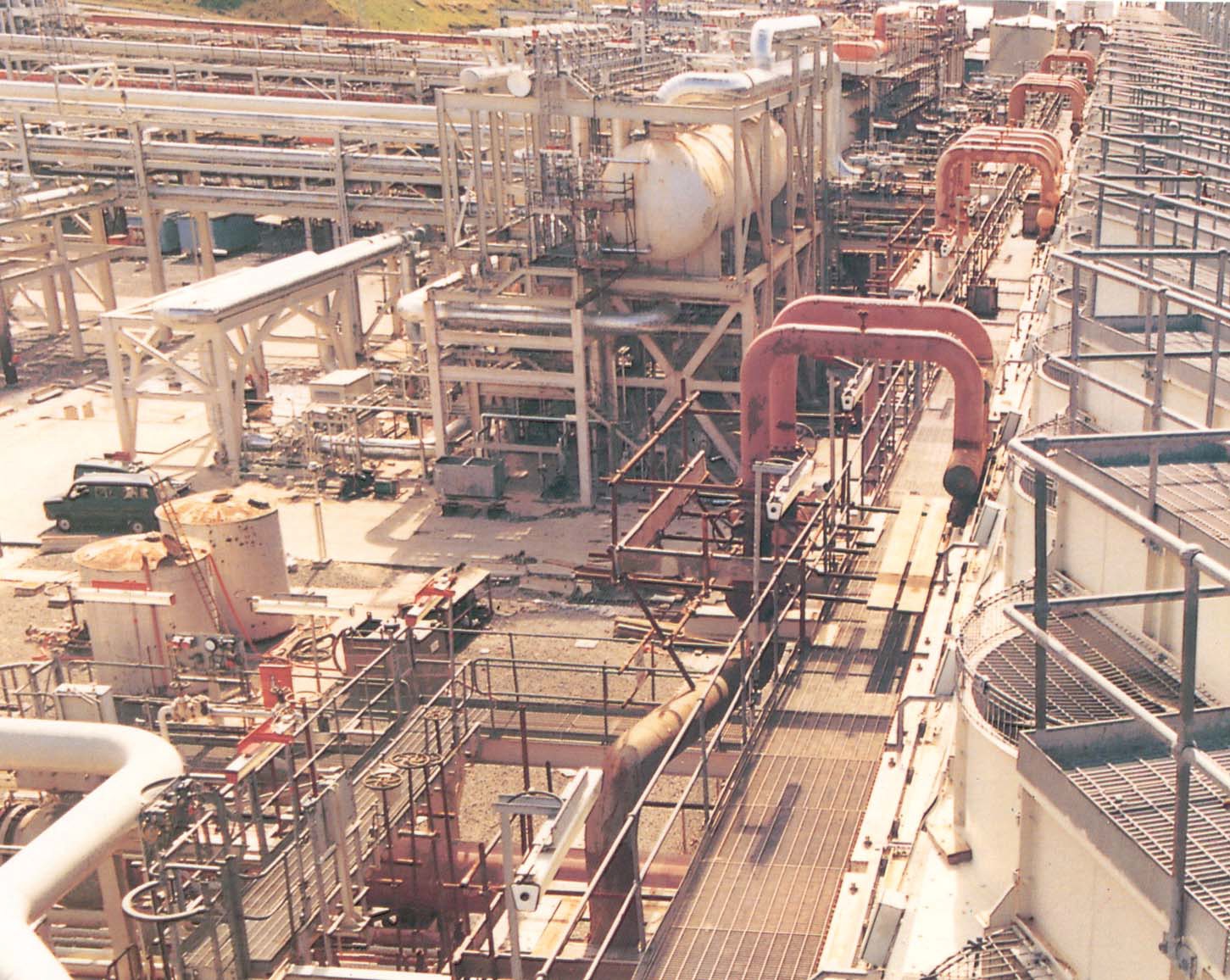Performance of Nickel alloy Inconel grades in oxidizing environments
Nickel base alloys are major component materials used in steam generators and in various structural compounds of pressurized water reactors and boiling water reactors. They are exposed to a variety of severely corrosive conditions that occur in nuclear power plants as stated following:
General corrosion
This corrosion results into emission of metallic ions in the aqueous conditions which interact with structure surface. Dissolved particles are moved through primary water to the reactor core and become radioactive by contacting neutrons as a result, the radioactivity of the primary circuit increases. Another type, precipitation of free cations may also occur. It is based on various factors for example oxide properties, saturation degree in the solution and circulation rate flow. For nickel base alloys, nickel and iron are considered to be major cations release in the solution during the corrosion process. Solid state diffusion of nickel and iron particles, through solid oxide, to the oxide solution interface occurs during hot corrosion. It can occur together with diffusion of species through pores found in the existing layer and their diffusion through grain boundaries. It is assumed that the external layer grows by the precipitation of these species from the solution resulting in non-uniform and coarse grain layer.
The oxidation in high temperature water can be reduced by accelerating the growth of oxide layer with higher thermodynamic stability, as the barrier layer. So, the diffusion of metallic cations through this layer is found to be nominal.
Stress corrosion cracking
Nickel base alloys are prone to stress corrosion cracking in primary water. Cracks development on material in primary water at 360oC and hydrogen partial pressure of 0.3 MPa. The selective oxidation of chromium creates cation vacancies that transport oxygen in the substrate, causing intergranular oxidation and hence intergranular stress corrosion cracking. So, to reduce sensitivity to SCC, it is recommended to conduct free stress pre-oxidation to enhance the growth of protective layer. Various mechanisms were proposed to evaluate the SCC. Generally, the overall SCC process is categorized in three phases: incubation, slow or quick propagation causing permanent damage to the structure.
It is usually understood that oxide layer developed on materials in hot water is duplex in nature. The inner layer is continuous and compact, comprising chromium oxide. Nickel and iron oxides can be added in this layer as spinel oxides. The external layer attains, non-uniform morphology, comprising of iron-rich crystallites, hydroxides and ocyhydroxides. Oxidation resistance of Inconel wire in primary water is observed. The oxidation of Inconel 600 follows a logarithmic rate law in similar environments. However it is usually understood that the production of security inner layer causes considerable reduction in oxidation rate.
Presence of adequate chromium concentration in nickel base alloys has a significant effect on the growth of security chromium enriched oxide layer at high temperature water. It showed that oxide layers are more secured with supreme mechanical properties when chromium concentration in the alloy is above 17% that in high purity, deaerated hydrogenated water at 360oC. Better corrosion resistance for Nickel base alloys as chromium concentration is increased to a critical threshold.


